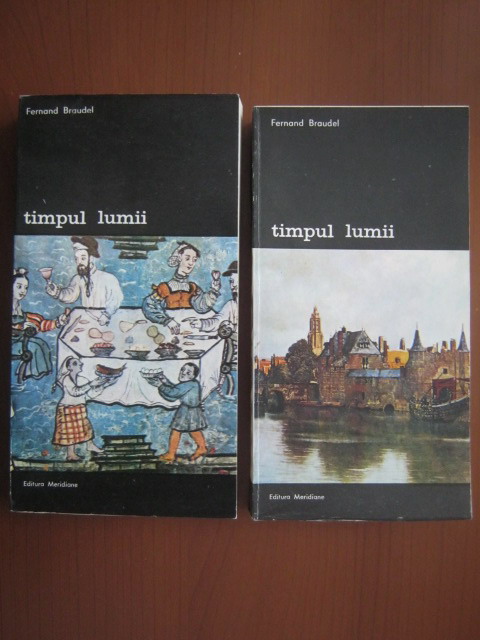

In spite of the many gaps, blind spots and weaknesses, there are some real high points and original insights. The civilizations included are the Muslim World, Black Africa, the Far East (includes India), then Europe and European civilization elsewhere (to which he devotes half the book).


considerable space is devoted to the literature of Latin America while not to the others. Even the treatment of each “civilization” varies a great deal from one to the next, e.g. It’s also not a history of civilizations - it deals with what Braudel considered the great living civilizations – and rather than being history as usually understood, it describes primary characteristics of each with some development over time. Arguably the movement’s been quite fruitful, but this book is a very mixed bag – occasionally excellent, sometimes quite bad, and usually mediocre to good. This was in opposition to the traditional kings and battles approach, and this book was intended as a textbook (not accepted by the authorities). He fought the French educational establishment to broaden the scope of history to include material from sociology, anthropology, geography, etc., and above all economics. From the beginning to the October Revolution of 1917īraudel is considered one of the great 20th c. Part III: The other Europe: Muscovy, Russia, the USSR and the CISĢ4. Failures and difficulties: From yesterday to the present America par excellence: the United StatesĢ2. Christianity, humanism and scientific thoughtĢ1. The study of civilization involves all social sciencesġ7.

Introduction: History and the present dayĢ. Written from a consciously anti-enthnocentric approach, this fascinating work is a survey of the civilizations of the modern world in terms of the broad sweep and continuities of history, rather than the "event-based" technique of most other texts. "Refreshingly broad-brush in its approach.this history provides the big picture."- The Christian Science Monitor.


 0 kommentar(er)
0 kommentar(er)
